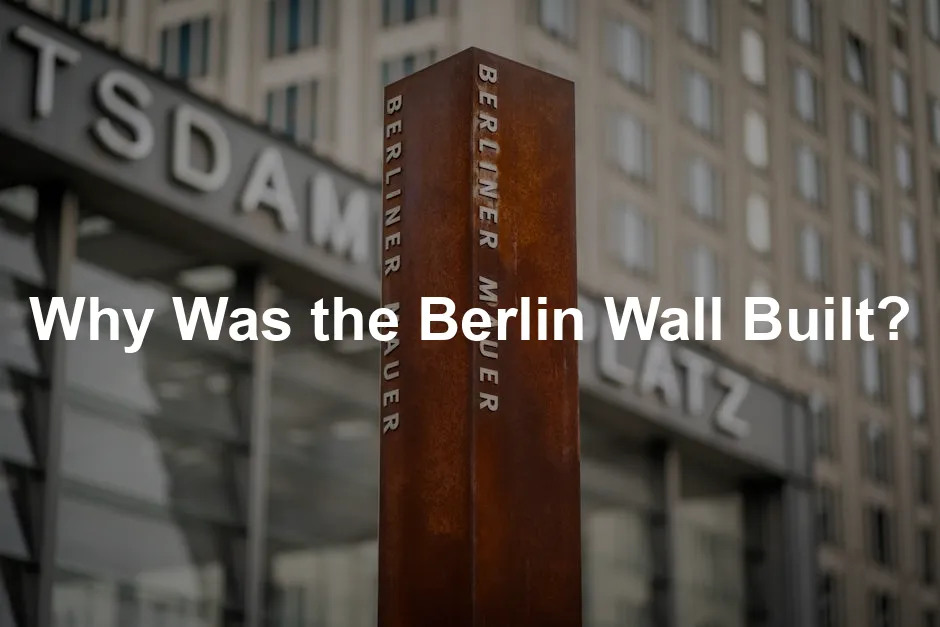
Why Was the Berlin Wall Built?
Introduction
The Berlin Wall holds a pivotal place in Cold War history. It served as both a physical and ideological divide between East and West Berlin. Its construction raised a crucial question: Why was the Berlin Wall built in the first place?
If you’re curious about the intricate details of the Berlin Wall’s history, you might want to check out this fascinating Berlin Wall History Book. It’s like a window into a world that was once divided, offering insights that are both captivating and essential for understanding this tumultuous period.
Summary and Overview
The Berlin Wall was erected on August 13, 1961, marking a significant moment in history. It emerged from the heightened tensions between the East and West. Following World War II, Germany was divided into two states: the capitalist Federal Republic of Germany (West Germany) and the communist German Democratic Republic (East Germany).
By the late 1950s, East Germany faced a massive exodus of its citizens fleeing to the West. This migration strained the East German economy and threatened the regime’s stability. In response, the government decided to seal off East Berlin from West Berlin, aiming to prevent further defections. The Wall not only separated families but also became a powerful symbol of the ideological conflict that defined the Cold War. Its legacy continues to shape discussions about freedom and oppression in Germany and beyond.
To understand the motivations behind its construction, one can explore the question of why was the Berlin Wall built.
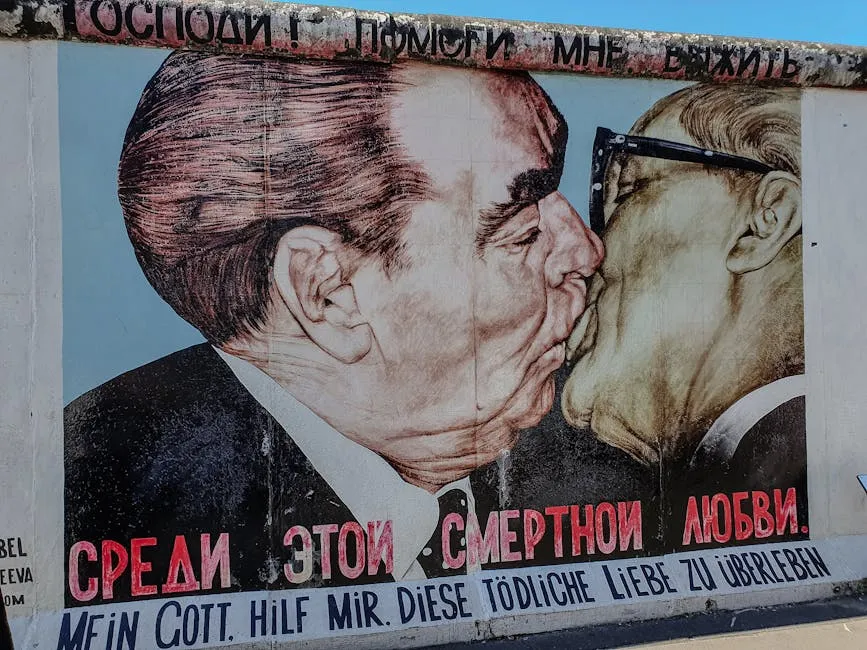
Historical Context
The Aftermath of World War II
After World War II, Germany faced division. The Allies split the nation into four occupation zones: American, British, French, and Soviet. Berlin, located deep in the Soviet zone, was also divided among these powers. By 1949, the division solidified into two states: the Federal Republic of Germany (West Germany) and the German Democratic Republic (East Germany). West Germany embraced capitalism, while East Germany adopted a socialist regime, leading to stark differences.
In 1948, tensions escalated with the Berlin Blockade. The Soviets blocked all ground access to West Berlin, prompting a massive airlift by Western allies. This event underscored the growing ideological rift. By 1961, the consequences of this division became apparent as East Germany faced a challenging economy and increasing discontent among its citizens.
If you’re fascinated by the Cold War era, a great companion to your reading is the Cold War History Book. It dives deep into the events that shaped this intense rivalry, offering perspectives that keep you on the edge of your seat.
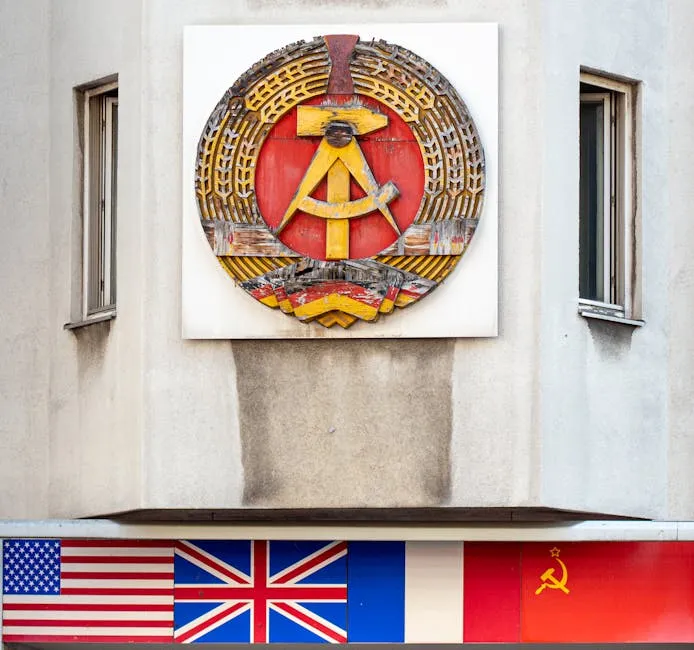
Rising Tensions and the Refugee Crisis
The Emigration Wave
The early 1960s saw a dramatic increase in East Germans fleeing to the West. Many sought refuge through Berlin, escaping oppressive conditions. In fact, by 1961, around three million East Germans had defected to West Germany since the war. This mass emigration led to significant brain drain, impacting East Germany’s economy and workforce.
The youth were particularly affected; many young, educated individuals left, creating a workforce crisis. The East German government viewed this exodus as a threat to its stability. Families became divided, and communities were torn apart. The overwhelming number of defections pressured the East German regime to take drastic measures. In response, the government decided to construct the Berlin Wall, intending to halt the flow of people leaving for the West.

For those who appreciate a tangible piece of history, consider grabbing a Berlin Wall Replica. It’s a unique conversation starter that can add depth to your understanding of this historical divide.
Political Pressures and Ultimatums
In late 1958, Nikita Khrushchev issued an ultimatum regarding Berlin. He demanded that Western powers recognize East Germany as a legitimate state. This bold move not only heightened tensions but also placed immense pressure on the East German government. The Soviet leader’s aggressive stance aimed to assert control over the divided city and deter Western influence.
As the situation escalated, East Germany faced increased pressures from the Soviet Union. The ongoing refugee crisis threatened the stability of the German Democratic Republic (GDR). With millions fleeing to the West, the East German leadership felt an urgent need to act. Soviet backing influenced their decisions, pushing them to take drastic measures to retain power.
The Vienna Summit in June 1961 failed to resolve these tensions. The lack of agreement between East and West heightened fears within the GDR. This failure solidified the perception that the West remained unyielding. Consequently, the East German government resolved to construct the Berlin Wall, believing it was essential for survival. The Wall would serve as a barrier against further defections and maintain the regime’s grip on power.
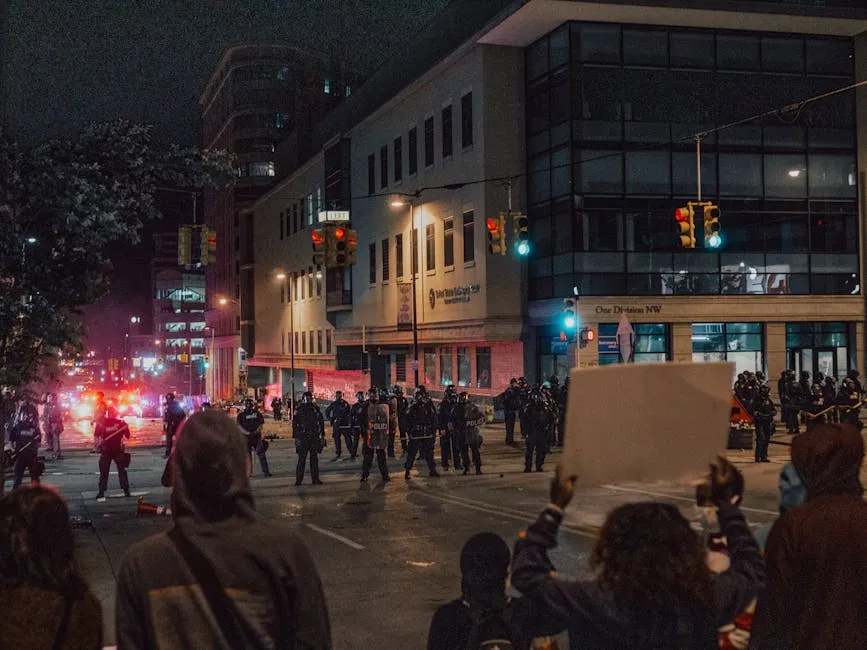
The Structure and Features of the Wall
The Berlin Wall was a formidable structure, stretching approximately 155 kilometers (96 miles) around West Berlin. Its height reached up to 4 meters (13 feet), making it a daunting barrier. Initially, the Wall began as barbed wire but evolved into a complex system of concrete walls and fortified barriers.
One of the most notorious features was the “death strip.” This area, located between the two walls, was designed to prevent escapes. It was monitored relentlessly, often covered with raked sand to track footprints. The East German government placed watchtowers along the Wall, totaling over 300 by its end. Guards were on constant patrol, armed and ready to respond to any escape attempts.
For history buffs, a World History Atlas can provide a broader context about the events surrounding the Wall and how they fit into global history.
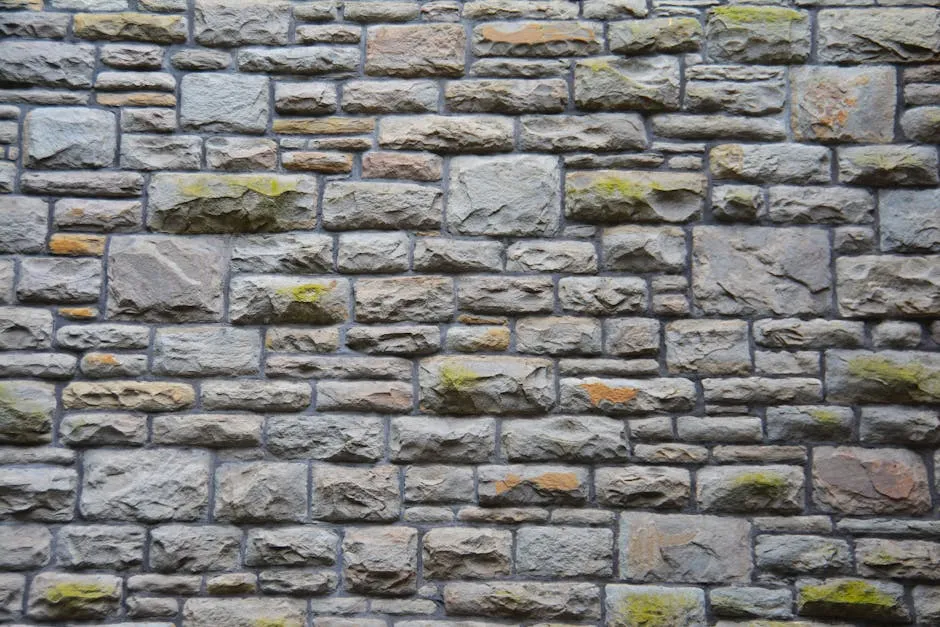
Immediate Consequences of the Wall
Impact on Families and Society
The Berlin Wall had a heartbreaking impact on families. Overnight, it severed connections between loved ones. Many found themselves cut off from relatives, unable to visit or communicate freely. This division created a deep emotional toll, leading to feelings of loss and despair among East and West Berliners.
The psychological effects were profound. East Germans, living under strict surveillance, faced a constant fear of persecution. Meanwhile, West Berliners grappled with the reality that their friends and family were trapped in a repressive regime.
Anecdotes abound, such as the story of an elderly woman who attempted to reach her daughter’s wedding on the other side of the Wall. Tragically, she lost her life in the attempt, highlighting the desperation felt by many. These stories of divided families illustrate the Wall’s devastating social consequences, leaving scars that would last for years.

To further explore these human stories, a Berlin Wall Photo Book can offer a poignant visual representation of the lives affected by this monumental structure.
Escape Attempts and Tragedies
Many East Germans devised daring methods to escape the oppressive regime. Some tried to scale the Wall, while others dug intricate tunnels. A few even crafted hot air balloons or used stolen vehicles to flee. Between 1961 and 1989, over 5,000 individuals successfully escaped to West Berlin. Sadly, the Wall claimed many lives, with estimates of around 140 fatalities during escape attempts.
One tragic story is that of Peter Fechter. In 1962, he was shot while trying to cross. His desperate cries for help went unheard, highlighting the brutal reality of the Wall. Another notable attempt involved a group of people who dug a tunnel beneath the Wall, successfully escaping to freedom.
These harrowing tales emphasize the human cost of the Berlin Wall. Each escape attempt reflects the deep yearning for freedom and the lengths individuals were willing to go to achieve it. The Berlin Wall wasn’t just a structure; it became a grave reminder of hope, despair, and the quest for a better life.

The Wall as a Symbol
Ideological Representation
The Berlin Wall became a powerful symbol of the Cold War, representing the ideological divide between communism and democracy. It stood as a stark reminder of oppression versus freedom. East Germany’s government claimed it was a protective barrier, but in reality, it trapped citizens in a repressive regime.
Significant moments, like President John F. Kennedy’s famous “Ich bin ein Berliner” speech in 1963, underscored the Wall’s symbolism. Kennedy’s words united West Berliners and showcased their fight for freedom. Similarly, Ronald Reagan’s 1987 challenge to Gorbachev to “tear down this wall” echoed the desire for liberation.
For those who love to wear their history, a Cold War Themed T-shirt can be a fun and stylish way to spark conversations about this critical period in history.

The Fall of the Berlin Wall
Events Leading to the Fall
The political landscape in Eastern Europe shifted dramatically in the late 1980s. Countries like Poland and Hungary began to challenge communist rule, igniting a wave of protests. In East Germany, citizens grew increasingly frustrated with the oppressive regime and began to demand change. Mass demonstrations erupted, calling for reforms and greater freedoms.
On November 9, 1989, a pivotal moment occurred. A press conference led by East German official Günter Schabowski mistakenly announced that travel restrictions would ease immediately. Confused but hopeful, thousands rushed to the Wall, overwhelming border guards. Ultimately, they opened the gates, allowing people to cross freely for the first time in nearly three decades.
This event marked a turning point, signaling the end of the Berlin Wall. The joyous reunification of families and friends transformed the Wall from a symbol of division to one of unity and celebration. The fall of the Berlin Wall not only reshaped Germany but also echoed worldwide, heralding the decline of communist regimes across Eastern Europe.
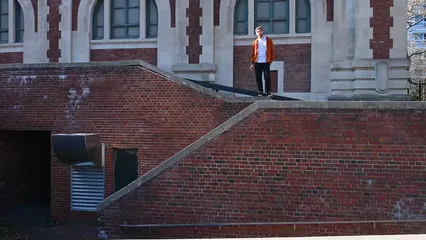
Conclusion
The Berlin Wall was built to prevent the mass exodus of East Germans and symbolize the broader ideological divide during the Cold War. Its construction had profound implications for families and society, creating lasting scars. The Wall’s fall in 1989 marked a significant moment in history, reshaping both Germany and Europe.
Today, the legacy of the Berlin Wall serves as a reminder of the importance of freedom and unity. Remembering this chapter helps ensure that future generations understand the value of connection over division, fostering a world where such barriers do not arise again. If you’re looking for a commemorative item, don’t forget to check out the Berlin Wall Commemorative Coin—a piece of history you can hold in your hand!
What was the Berlin Wall?
The Berlin Wall was a barrier that separated East and West Berlin, built to stop East Germans from escaping to the West.
How long did the Berlin Wall stand?
The Wall stood from August 13, 1961, until November 9, 1989.
What were the main reasons for building the Berlin Wall?
Key reasons included preventing mass emigration from East to West, maintaining the regime’s stability, and asserting control.
How did the Berlin Wall affect families?
The Wall separated families, causing emotional distress and loss, as many could not reunite for decades.
What led to the fall of the Berlin Wall?
Widespread protests, political changes in Eastern Europe, and a mistaken announcement about border openings led to the Wall’s fall.
Please let us know what you think about our content by leaving a comment down below!
Thank you for reading till here 🙂
All images from Pexels




